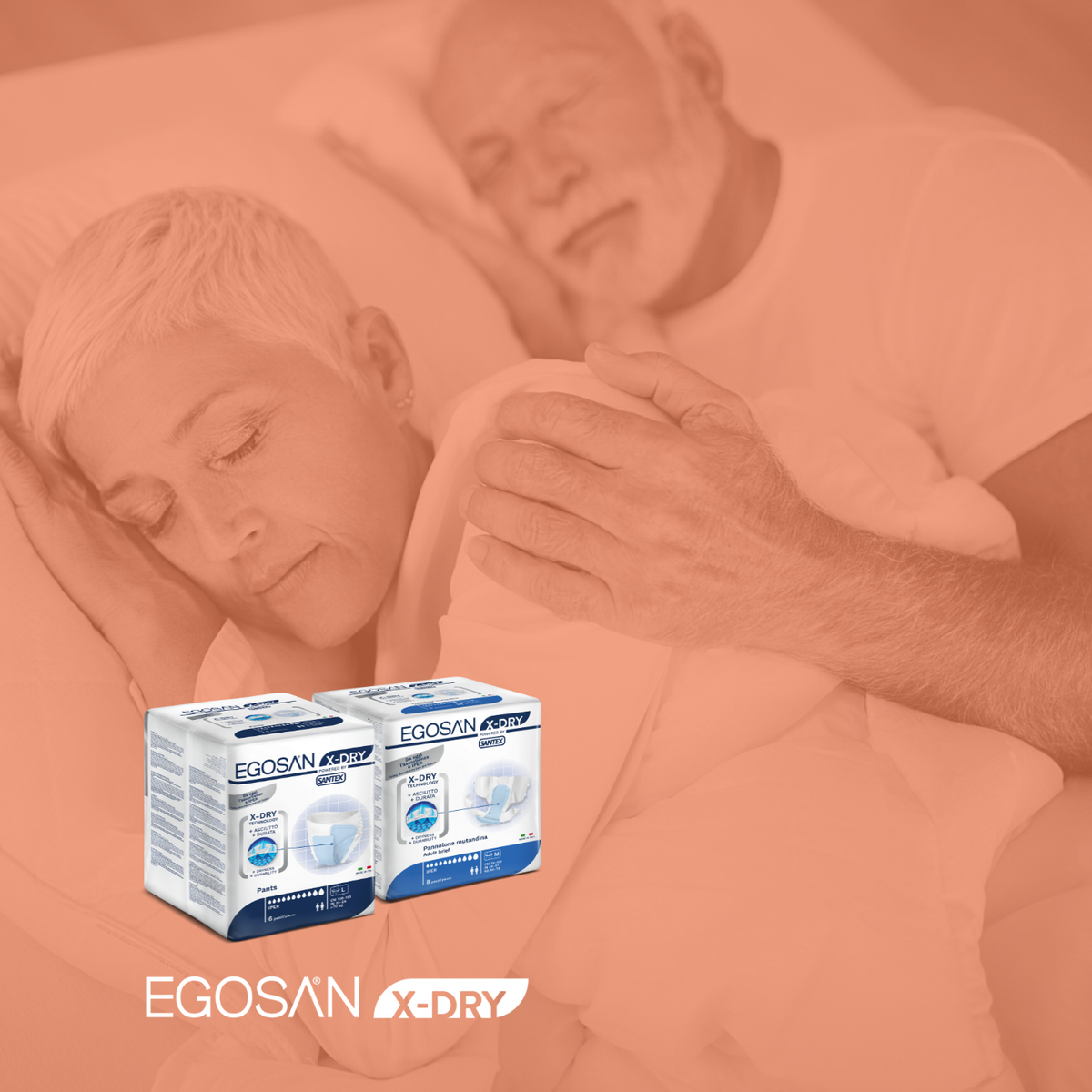Urinary Incontinence Not Uncommon Yet Stigma Persists

Social stigma. It’s a problem for people with nearly any condition that places them outside what is viewed as the norm, whether true or not.
Incontinence is no different. Even though large numbers of adults have some form of incontinence, there’s still an unfortunate stigma attached to the condition. This is mostly because we think of a lack of bladder and/or fecal control as a problem that ends after infancy. The thinking goes that once we have been “potty trained,” we’ll be in control of these bodily functions for life. If we slip up, we are shamed. Fast forward a few decades. The reality is that a significant number of adults will see some degree of incontinence in their future.
The only way to deal with this stigma is to work toward educating ourselves and others through awareness efforts. The hope is that with time, the public as well as those who are personally affected by incontinence can understand that while inconvenient, incontinence can be dealt with.
What causes urinary incontinence?
This list from the National Institutes of Health provides an overview of the possible causes for incontinence:
- Weak bladder muscles
- Overactive bladder muscles
- Weak pelvic floor muscles
- Damage to nerves that control the bladder from diseases such as multiple sclerosis, diabetes, or Parkinson’s disease
- Blockage from an enlarged prostate in men
- Diseases such as arthritis that may make it difficult to get to the bathroom in time
- For women: Pelvic organ prolapse, which is when pelvic organs (such as the bladder, rectum, or uterus) shift out of their normal place into the vagina. When pelvic organs are out of place, the bladder and urethra are not able to work normally, which may cause urine to leak.
- For men: Most incontinence in men is related to the prostate gland. Male incontinence may be caused by prostatitis—a painful inflammation of the prostate gland; injury, or damage to nerves or muscles from surgery; or an enlarged prostate gland, which can lead to Benign Prostate Hyperplasia (BPH), a condition where the prostate grows as men age.
Incontinence needn’t spoil your quality of life
That’s a pretty long list, right? Having read it, can you start to get a handle on why you and everyone else needs to change their thinking about incontinence?
Many of your older adults’ friends have likely had times when urinary problems have challenged them. Some of these situations can be resolved with medical intervention. However, sometimes we just have to live with the issue. So, how do we do this?
After addressing any medical interventions that could possibly help, we accept that we have an additional inconvenience in our lives. As you’ve aged:
- You’ve overcome extra teeth cleaning protocols to keep gum issues at bay.
- You’ve accepted more medical tests to make certain that you aren’t developing life-threatening health challenges.
- You’ve accepted that you might have to take more medications in order to keep your cholesterol and blood pressure in check.
You do these and likely many other things knowing that when you accept that with age you might find life demands a little more effort, your quality of life actually improves because you do what you need to do and move on.
Okay. Why can’t dealing with differing levels of incontinence be the same? It can be. Investigate pads and pull-ups that can help you remain confident away from your bathroom. Understand that in any group of older adults, there are likely many of you wearing some type of urinary security. Internalize the fact that you are most definitely not alone.
Future articles will discuss fecal incontinence as well.
***
Discover the Difference. EGOSAN - the Top-Rated incontinence brand from Italy. Now Available on Amazon.




